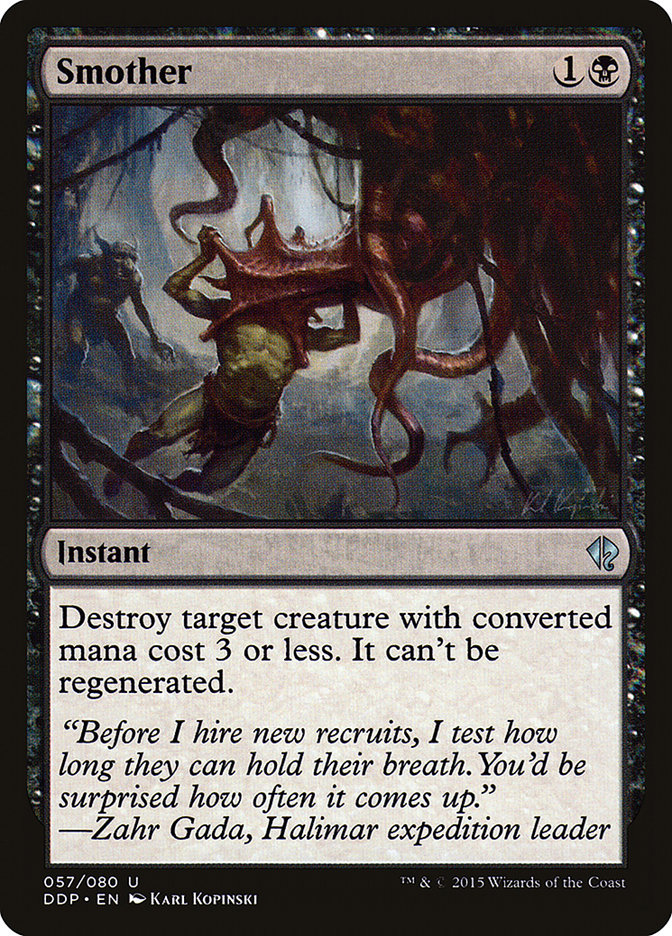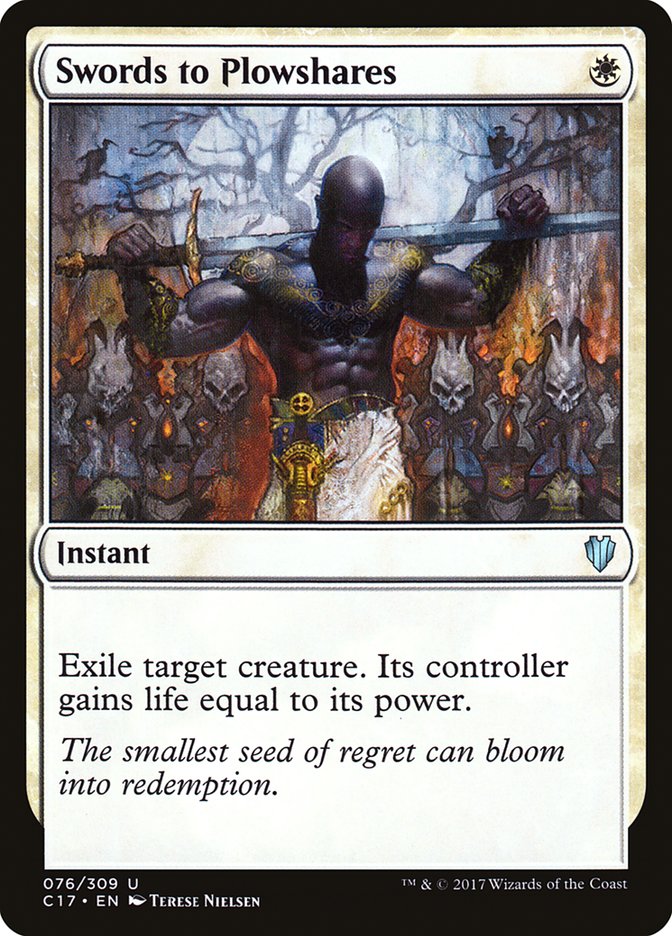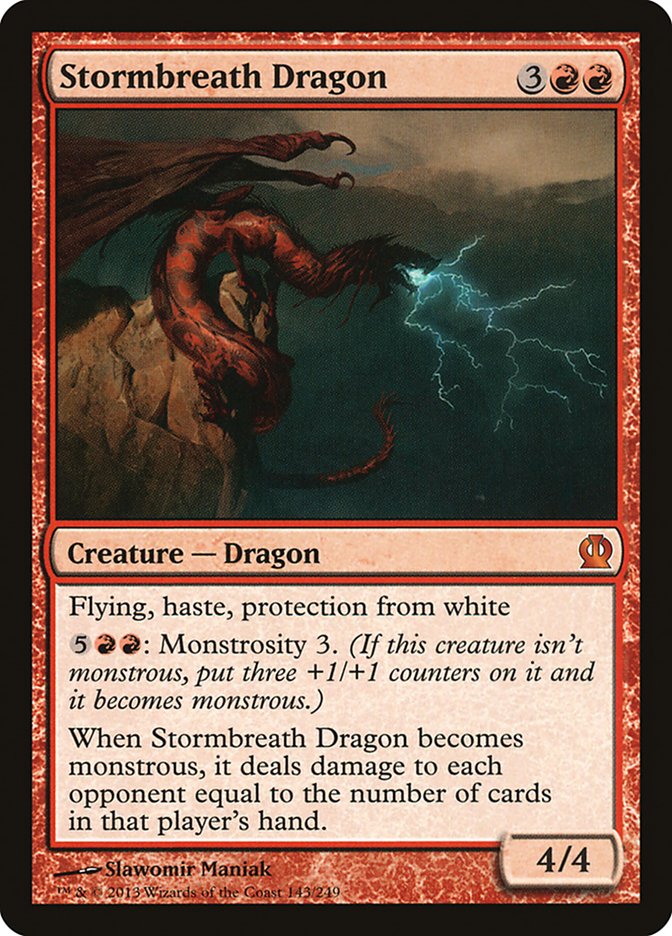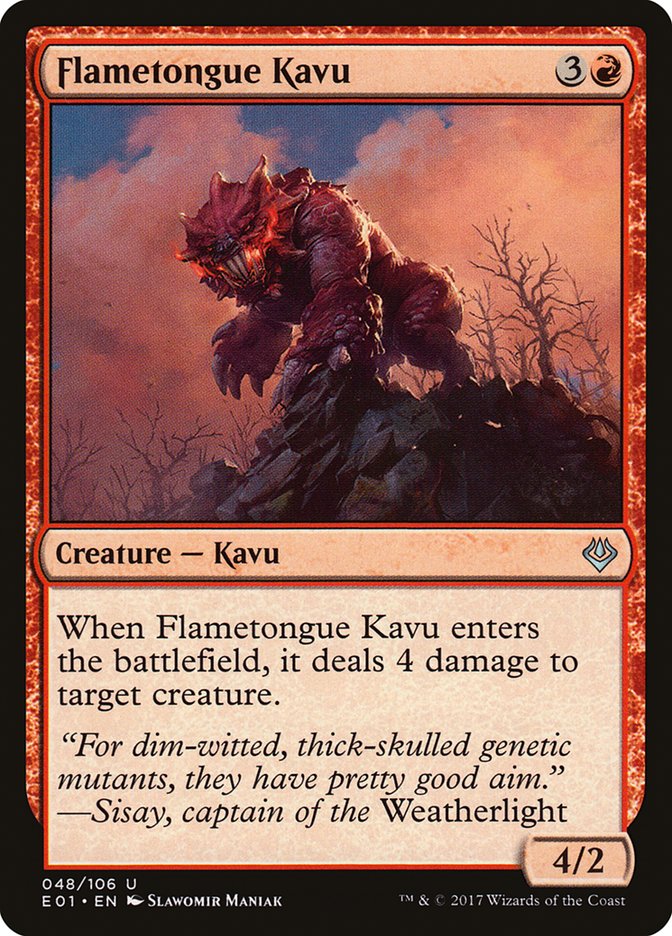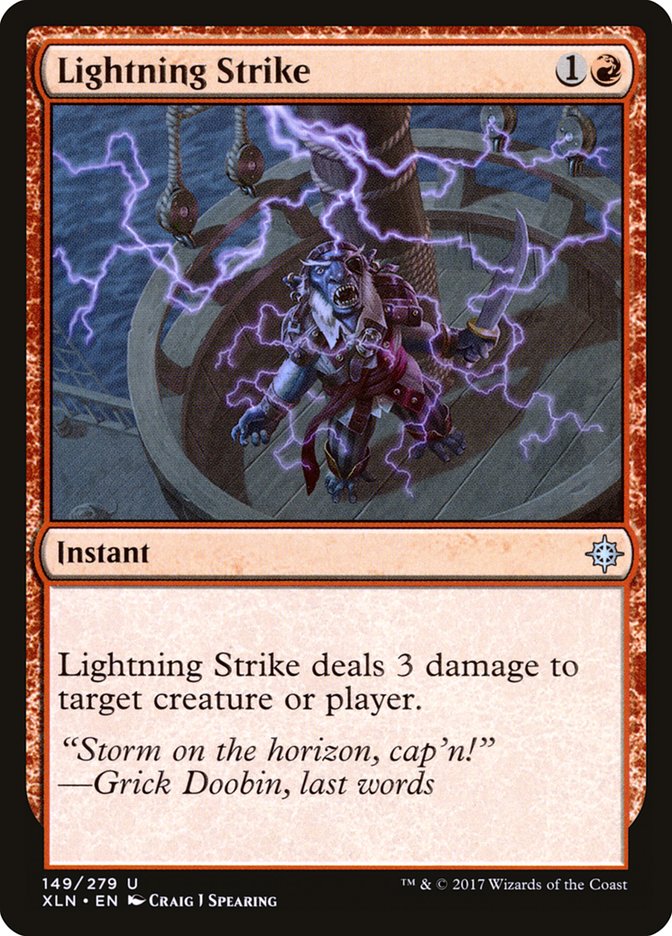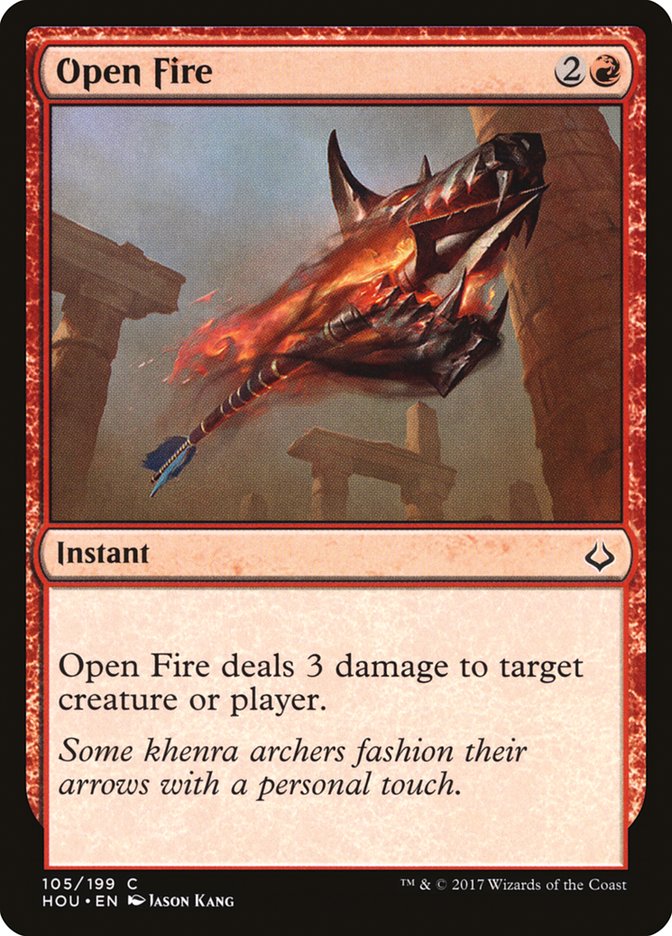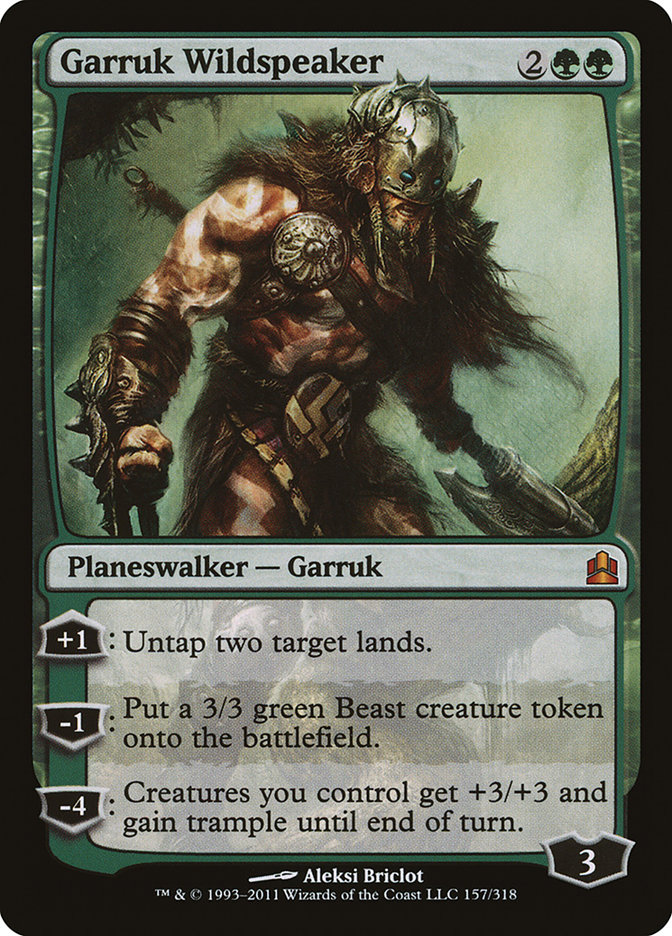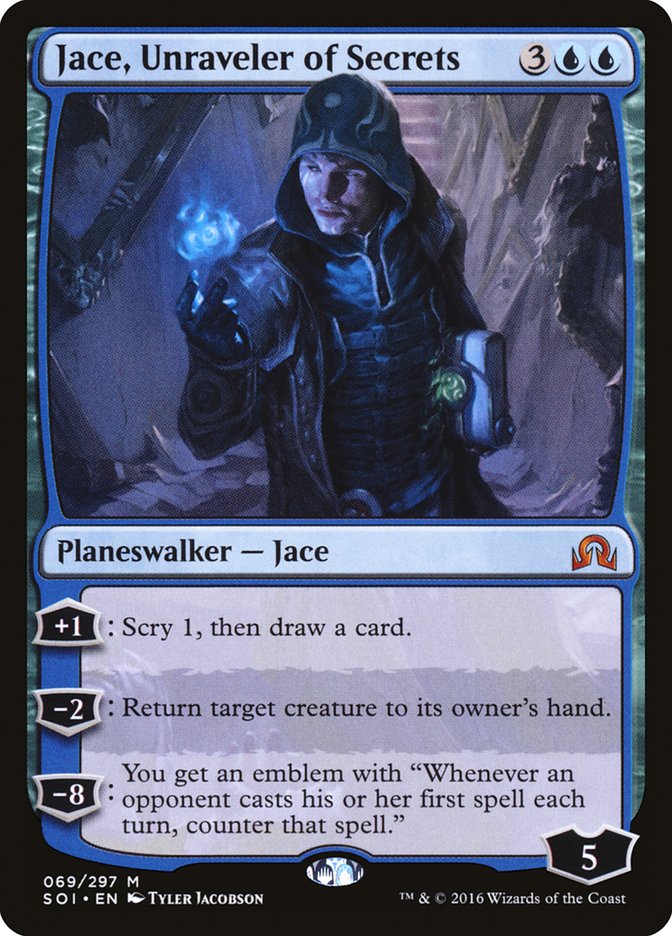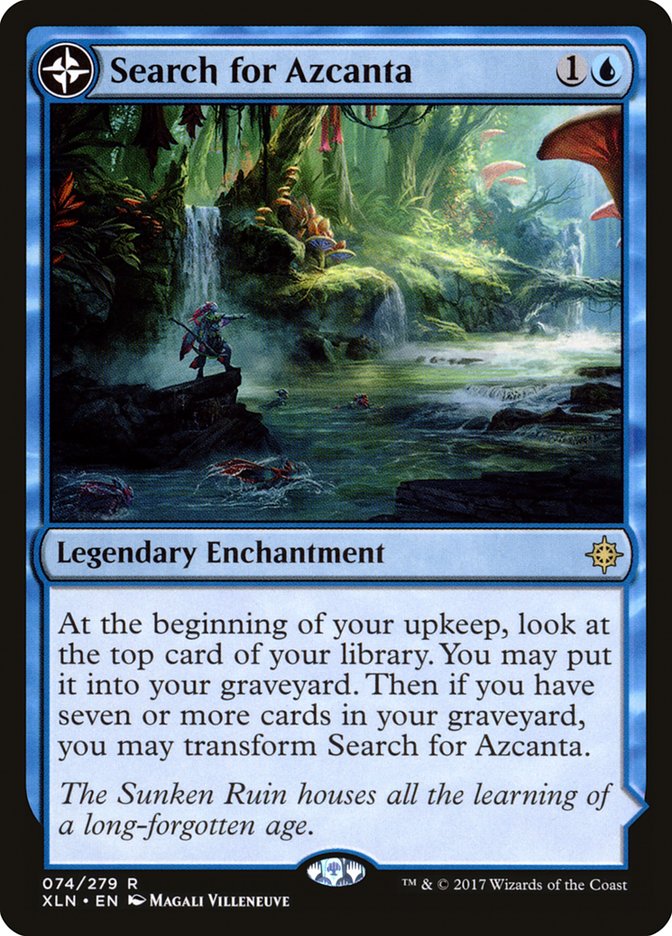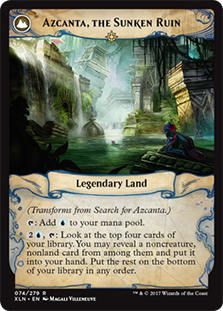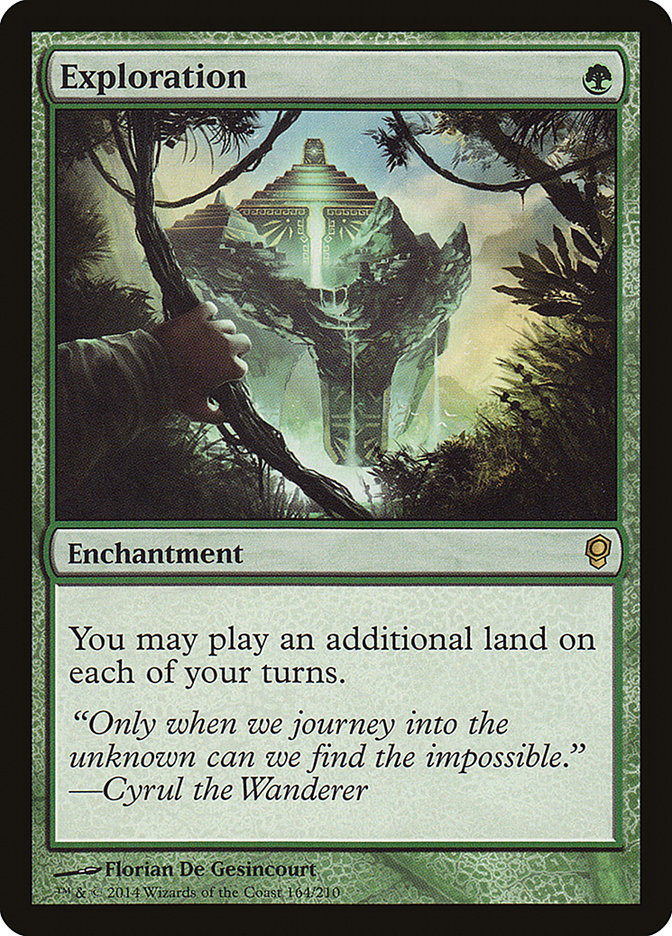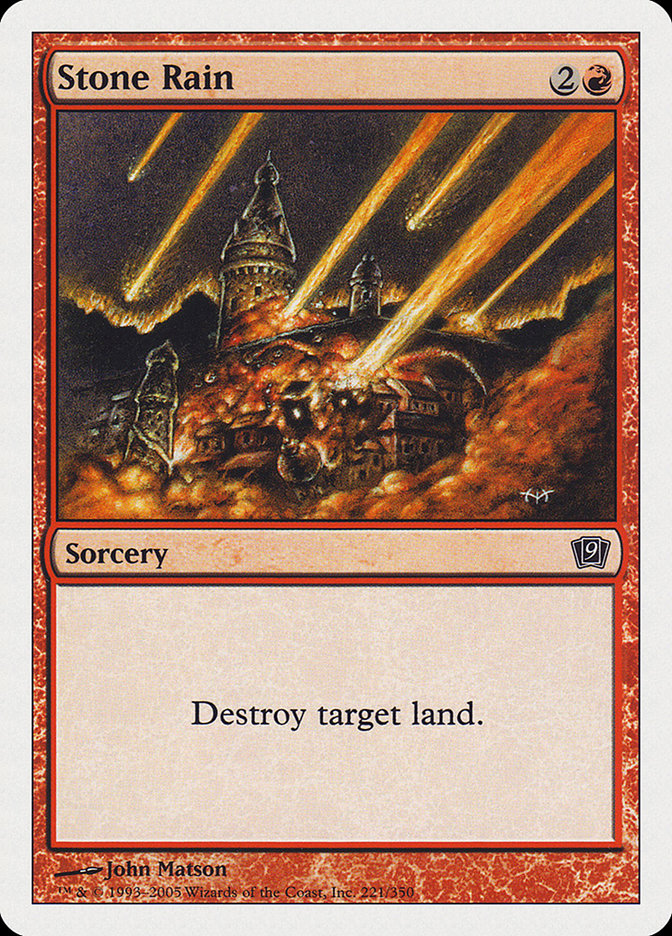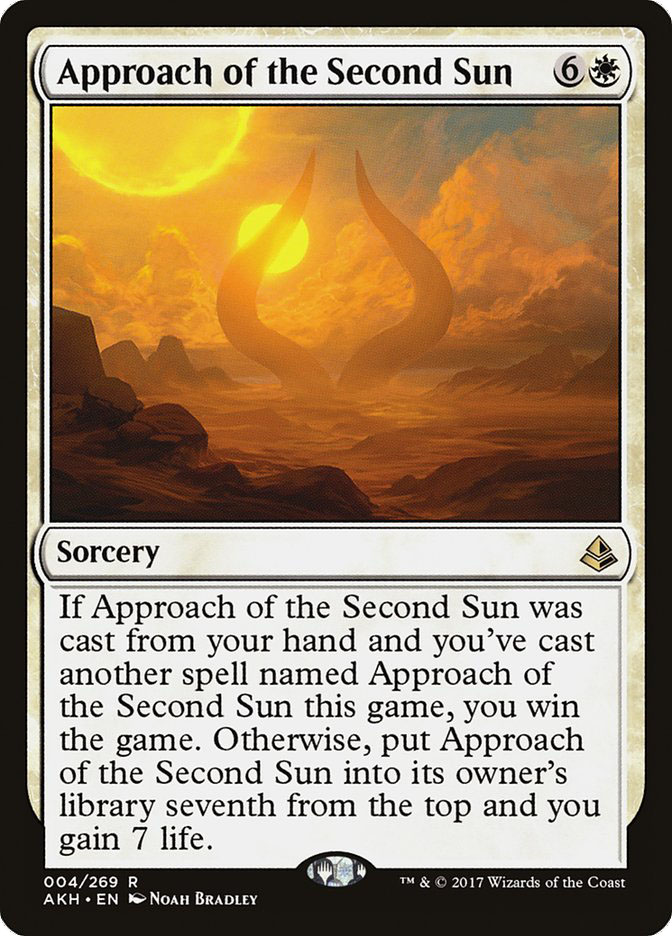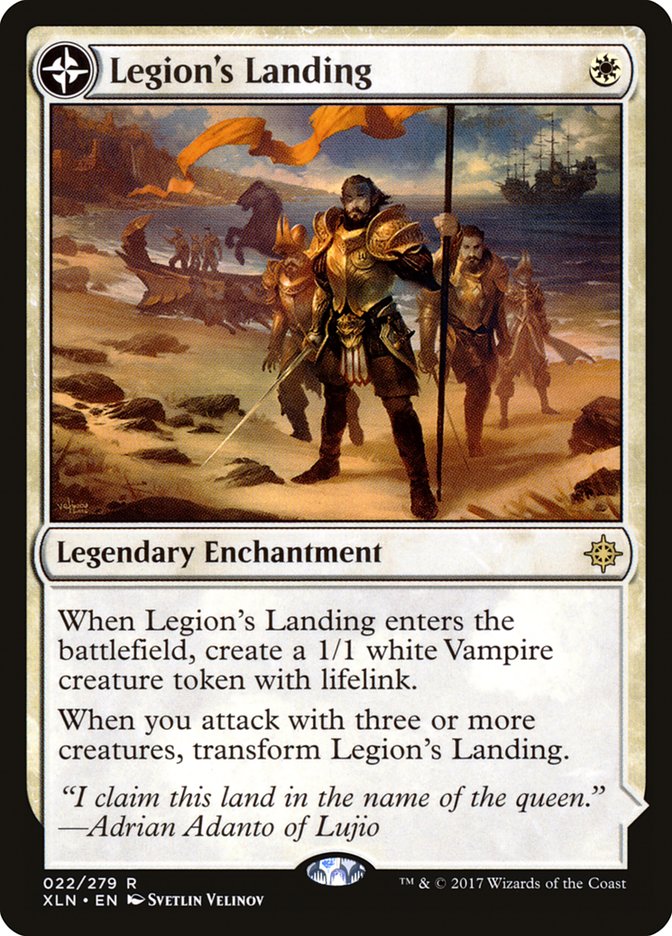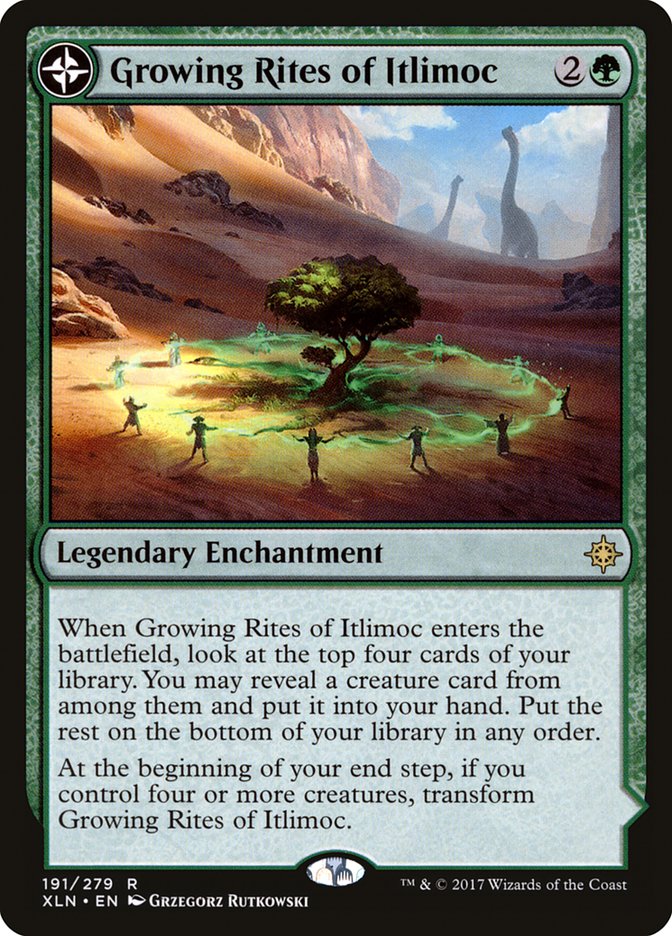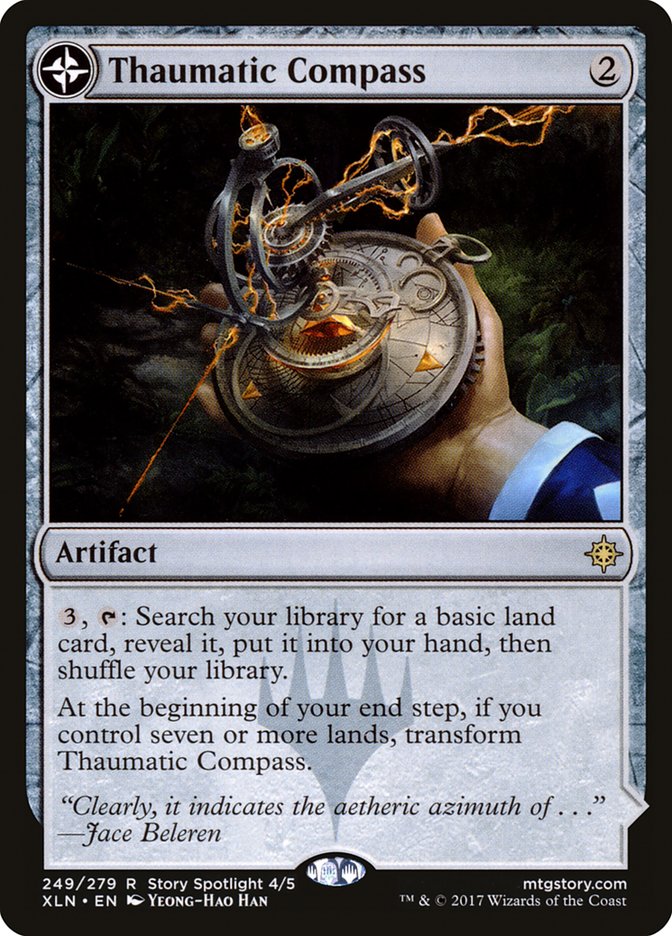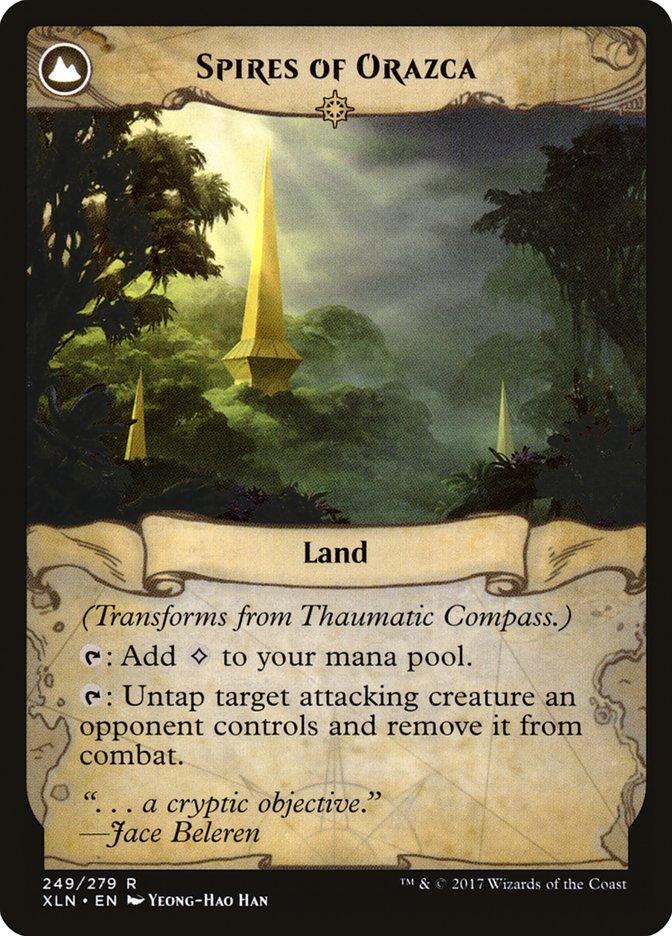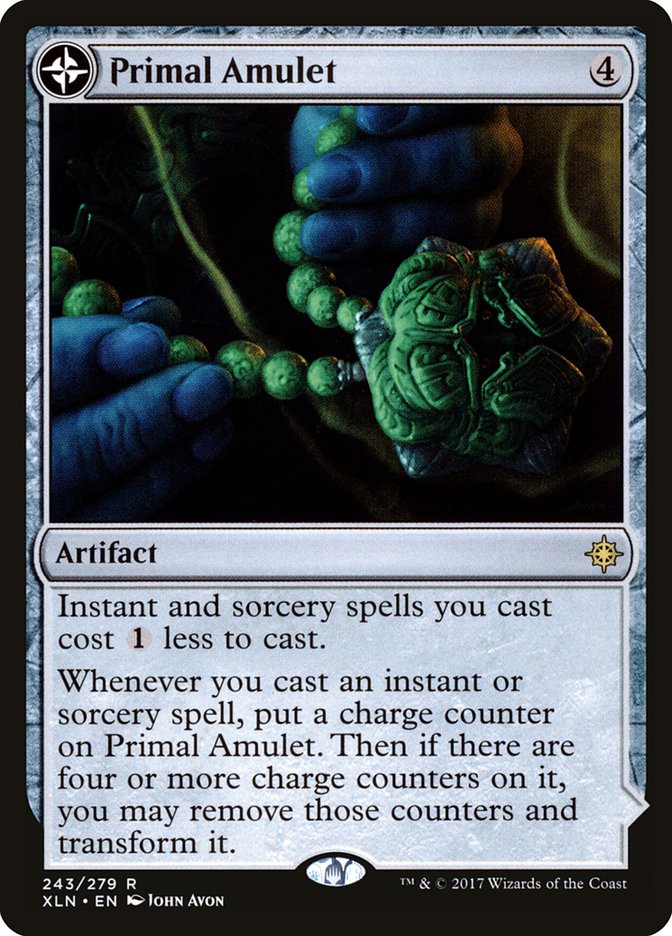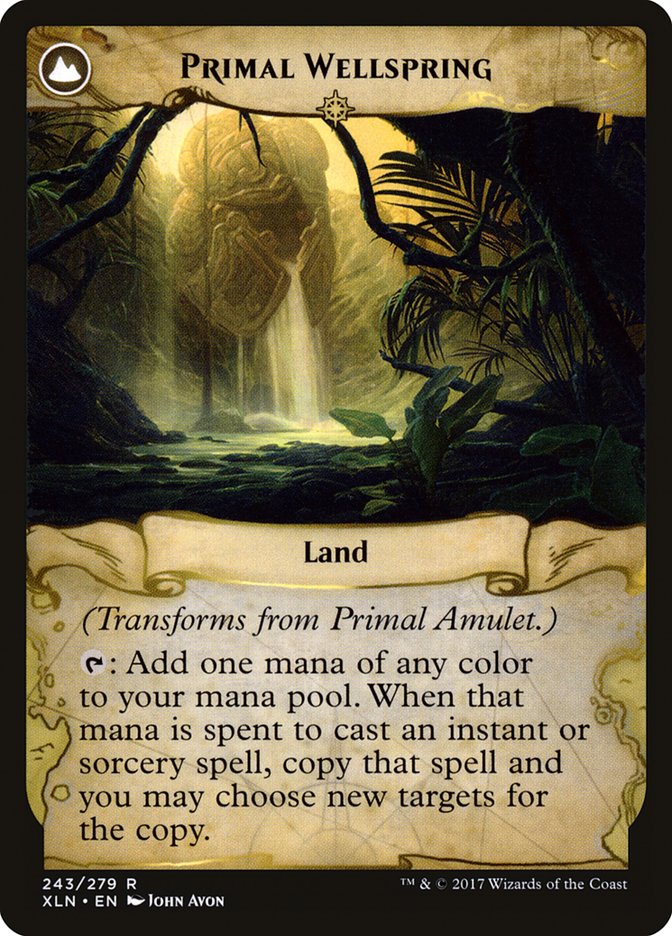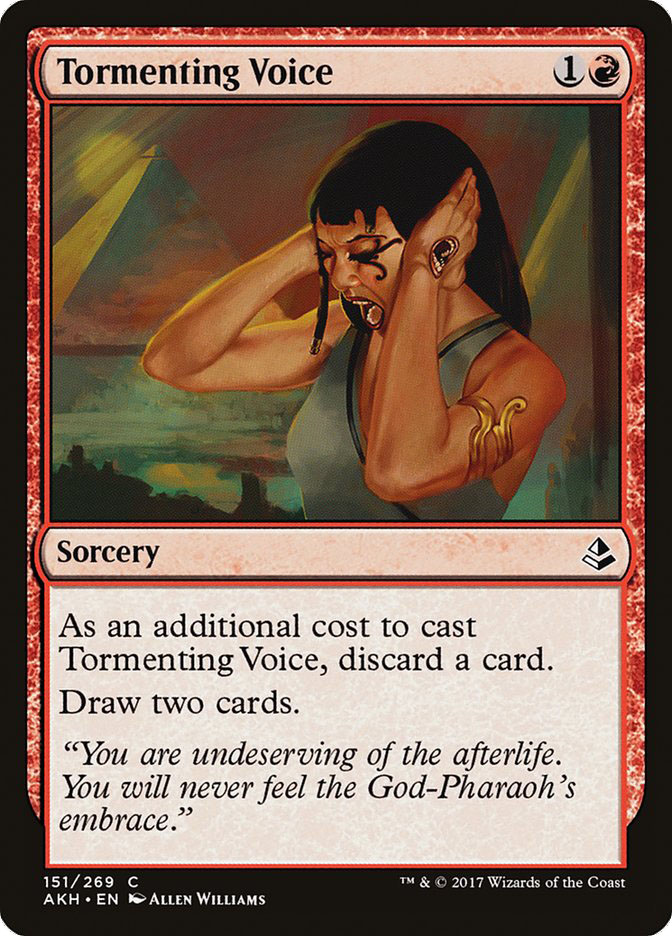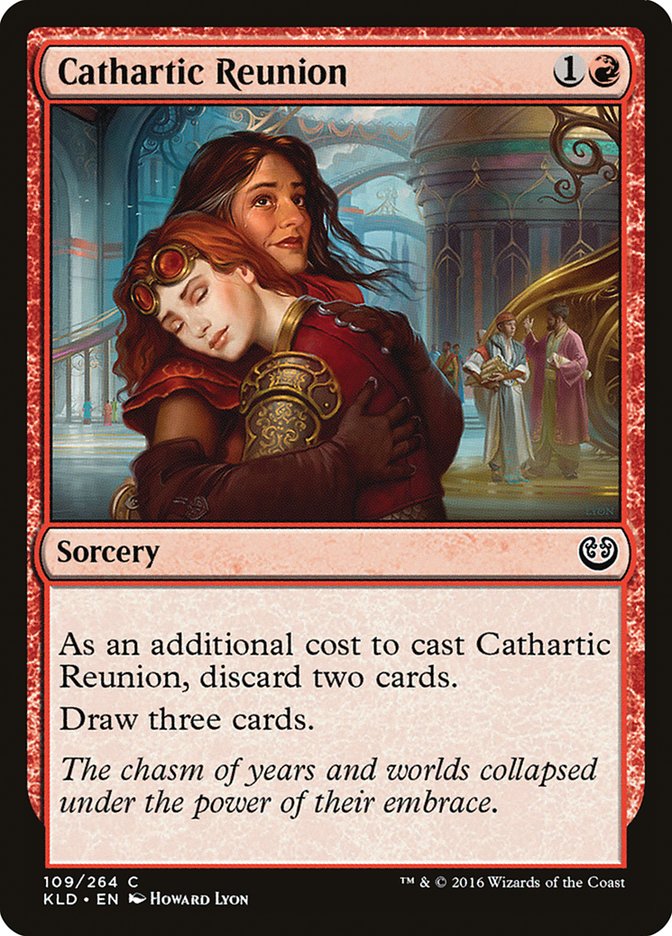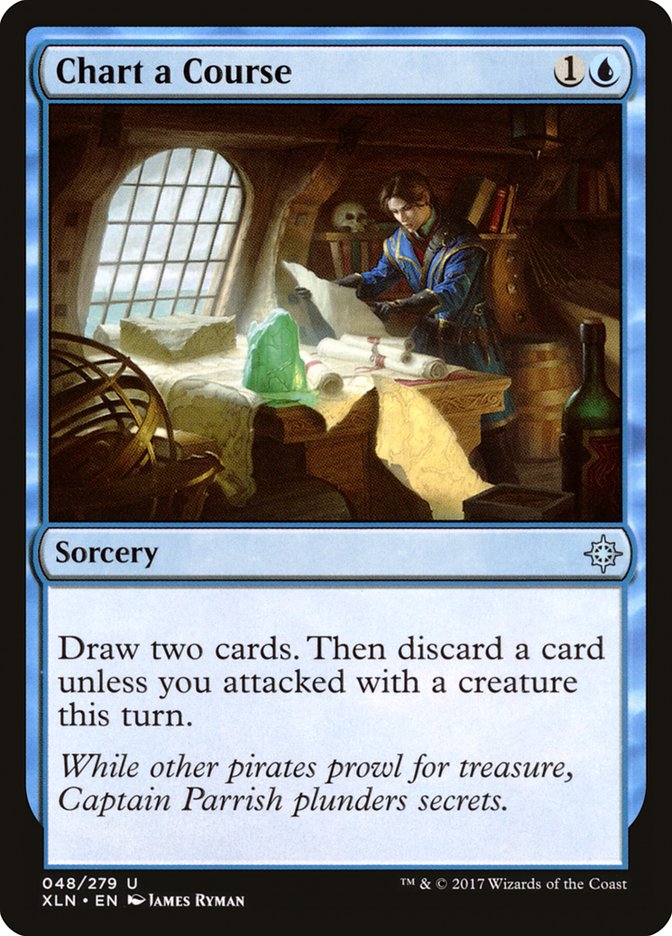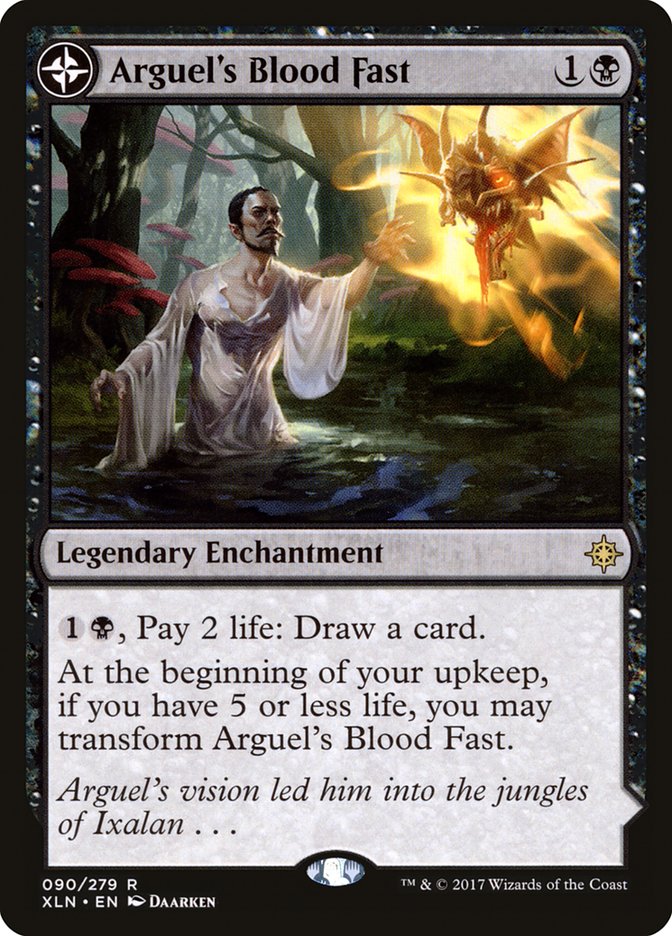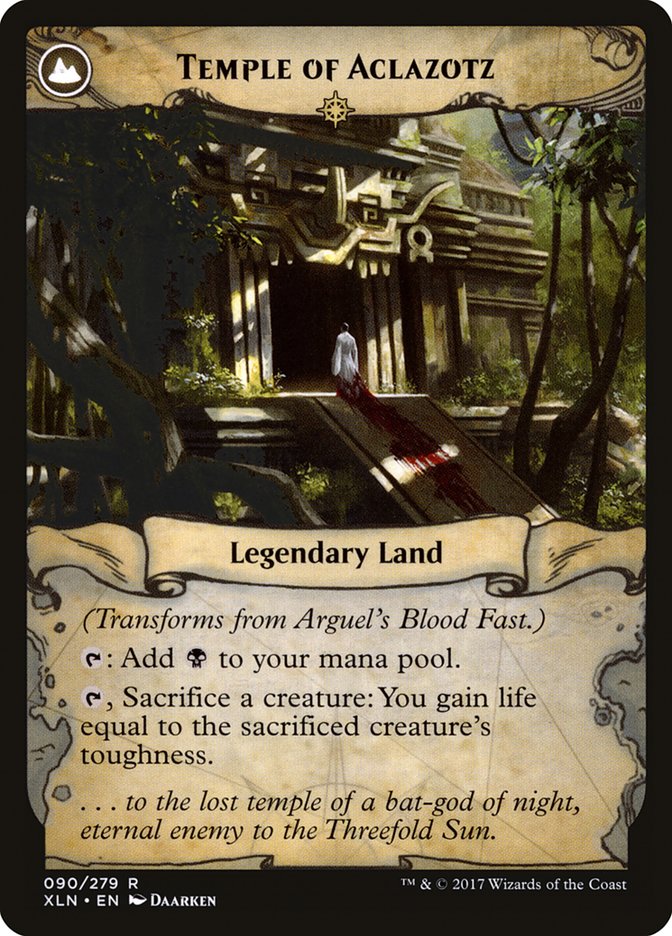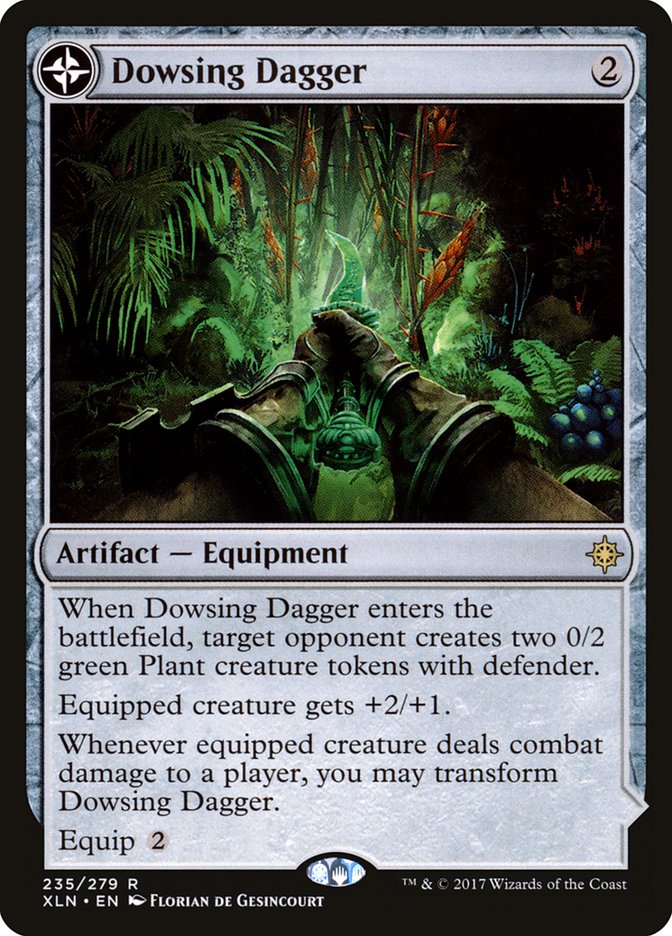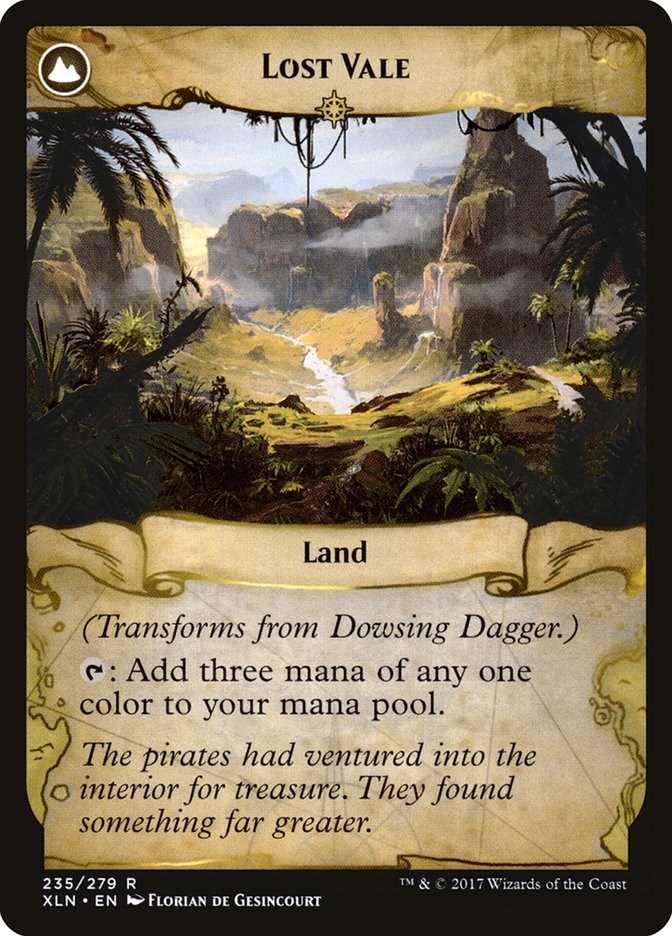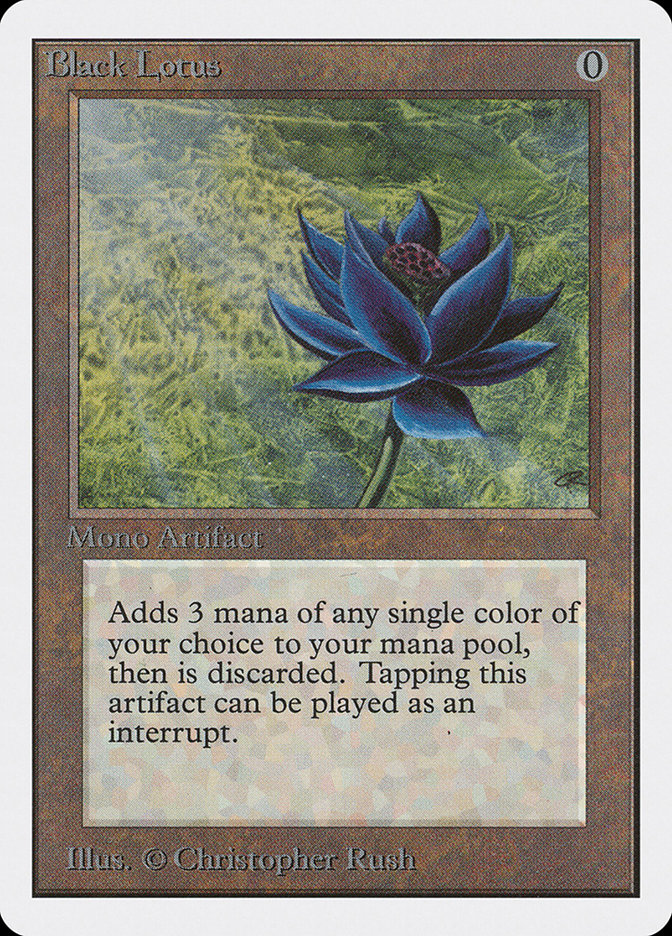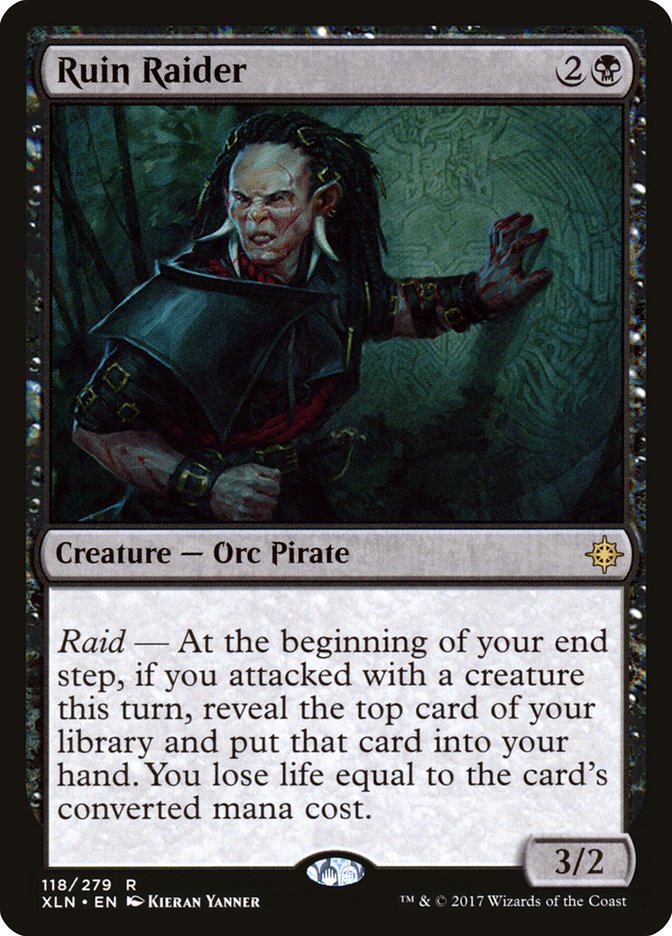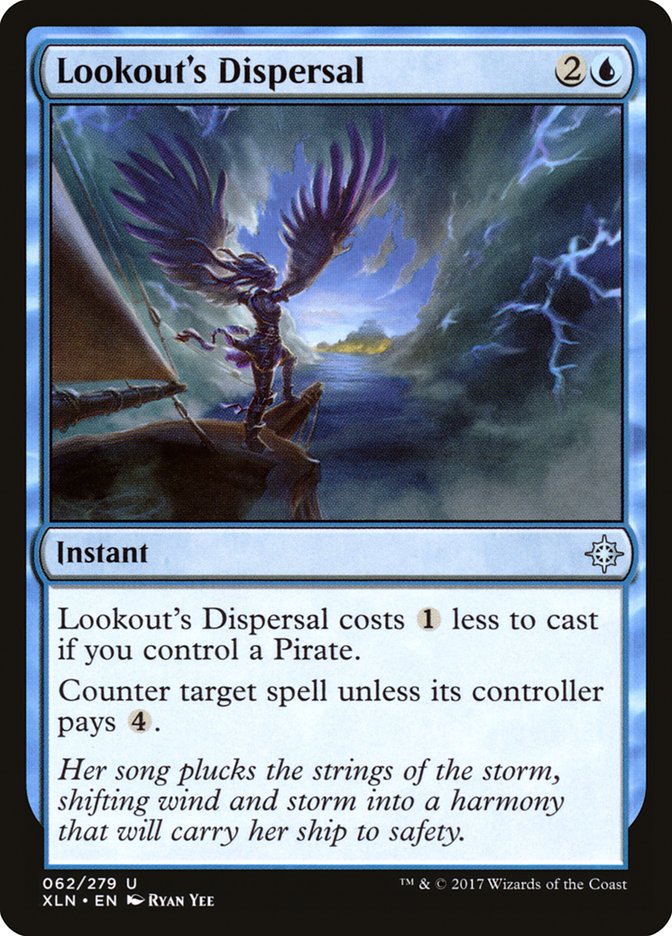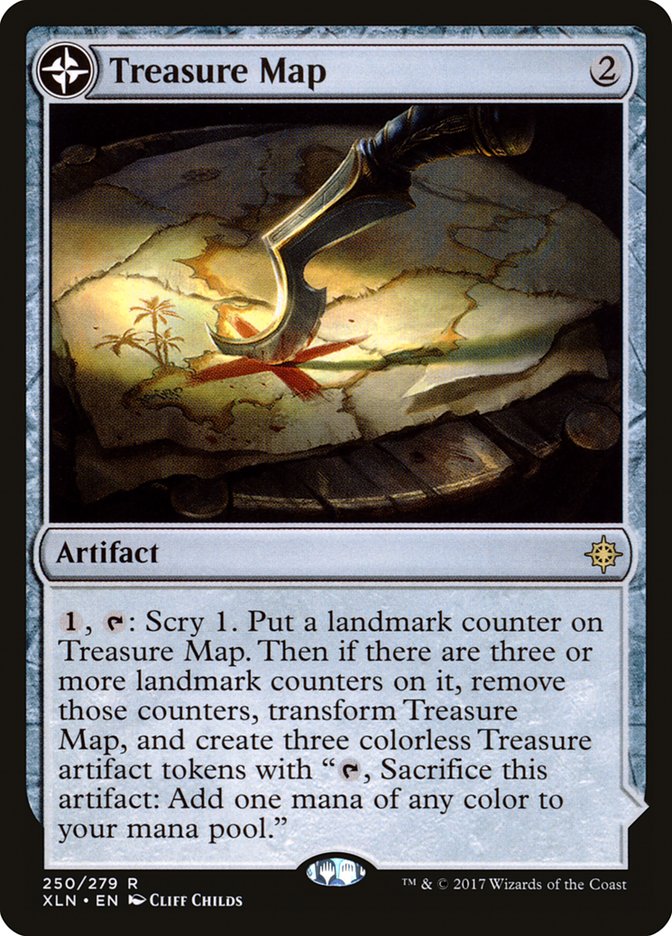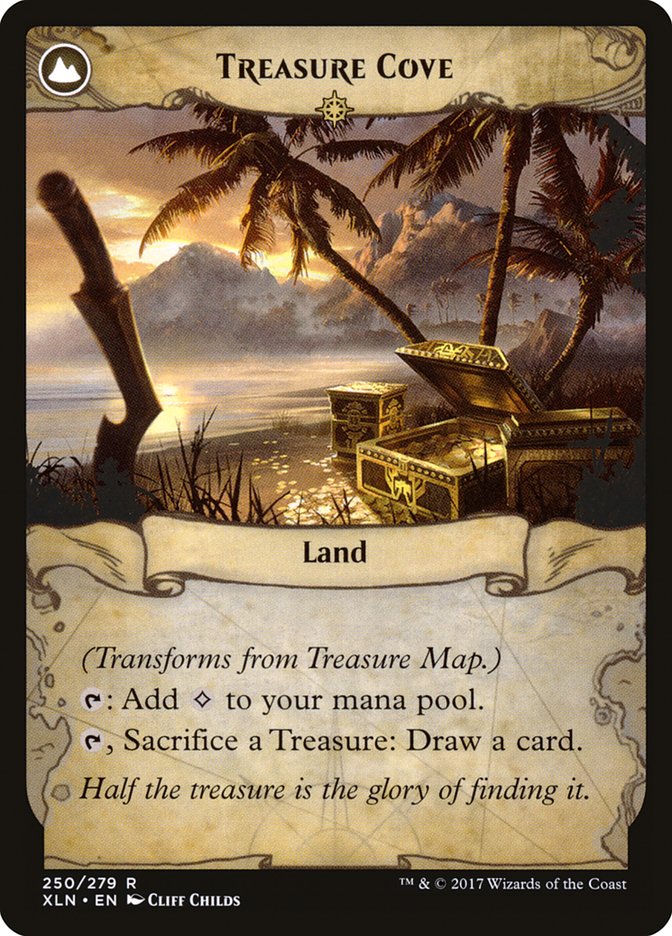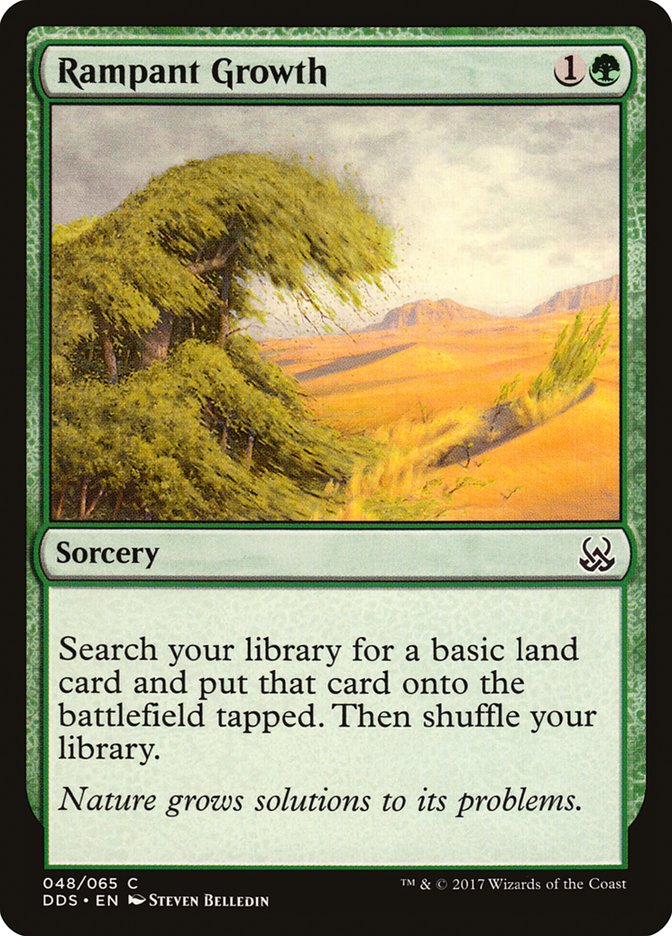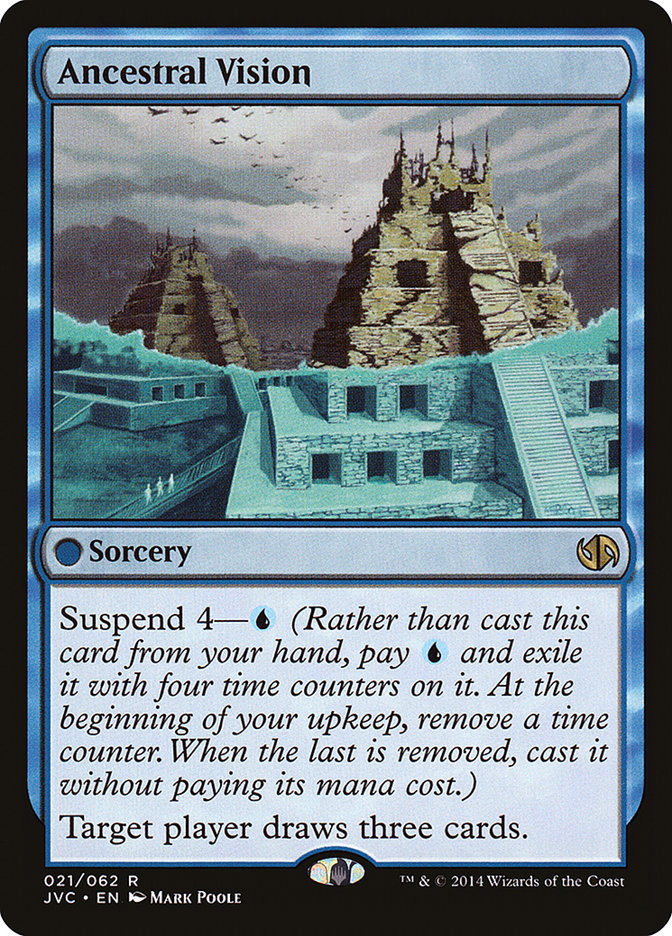Most new cards aren’t too hard to figure out by comparing them to previous cards.
Fatal Push is basically a cheaper Smother with slightly more interesting restrictions. We know that Smother is good and we know what Smother is good at; therefore, it’s not hard to figure out how good Fatal Push is and where it belongs.
Glorybringer is another entry in the storied line of five-mana, hasty Dragons and trades off the durability of Stormbreath Dragon for the ability to deal four damage to creatures like a pseudo-Flametongue Kavu. We know how quickly five-drop dragons can close out games and we know how great creatures that can kill other creatures like Flametongue Kavu are at controlling the battlefield.
See? Easy.
This is how any experienced Magic player takes in new cards, which makes a ton of sense. We have lots of knowledge and experience with older cards, so drawing on that experience makes new card evaluation much faster.
The issue is when we are faced with cards that are nothing like we have ever seen before.
Planeswalkers are a classic case of this, as they have been notoriously difficult to evaluate because of how unique they are. Without something to directly compare them to, it is tough to understand how good a planewalker is without actually playing it, although even planeswalkers are starting to get easier to evaluate when they follow the now-common format of:
+X loyalty: card advantage.
-Y loyalty: kill something.
-Z loyalty: do something silly.
As such, we don’t often see things in Magic that we haven’t seen before.
Ixalan changes that.
We’ve seen flip cards before, but never nonland cards that flip into lands.
“But Jim, who cares? We’ve seen lands flip into creatures, enchantments flip into creatures, artifacts that flip into creatures, creatures that flip into planeswalkers, etc. What’s the big deal?”
The big deal is that these are the first flip cards to break a fundamental rule of Magic.
When we flip Search for Azcanta, we are not only getting the ability to Impulse every turn. We are also getting a land that gives us a nice mana boost, even providing us colored mana. We can use that mana to further our plans and then activate the ability when we would like. If Search for Azcanta just flipped into an artifact with the Impulse ability, it would still be good, but not only would it not provide us mana but it would be much more vulnerable. Killing artifacts is comically easy, but killing lands in Standard is quite difficult.
“They just don’t make Stone Rains like they used to.”
In a very solid flavor win, Ixalan has us exploring new lands and card types for the first time, and it’s up to us to figure out how good they are.
Well here’s a secret that won’t even cost you any Treasure tokens…
Search for Azcanta is one of the best cards in Ixalan, and more importantly one of the best control finishers printed since Sphinx’s Revelation.
One of the biggest issues control has had since the exit of Sphinx’s Revelation and Dig Through Time from the format is that it has never been able to blow opponents away with card advantage in the mid- to late-game. Sure, Torrential Gearhulk recasting a Glimmer of Genius is nice, but a few cards here and a few cards there are not enough to fully take control of a game; current control decks lack inevitability. Furthermore, Torrential Gearhulk would often just die to the dead removal our opponent had stuck in their hand, rendering it much less important than a sticky threat or just more cards.
Azcanta, the Sunken Ruin changes everything.
Treasure Trove-style effects have always been amazing in control decks because there is no limit on how far they can go. You already want the game to go long, and the longer it goes, the more advantage you can gain. They are only limited by mana and time.
Of course, all of these creature versions of the effect were often only used as sideboard plans when you assumed your opponent would be sideboarding out their removal – they are far too fragile for Game 1 scenarios. Frankly, I don’t think there has ever been an aggressively costed Treasure Trove printed, because the effect is just that good.
Furthermore, the ability is even better than “draw a card.” We actually get to cast an Impulse! We are almost never going to want lands at the stage of the game we are activating Azcanta, the Sunken Ruin, and we now have the luxury of not needing to play creatures anymore either. This means that Azcanta, the Sunken Ruin is effectively a hard Impulse.
Perhaps we are getting ahead of ourselves, though.
We don’t get to just play Azcanta, the Sunken Ruin. We need to cast Search for Azcanta first, so let’s examine what we are getting ourselves into.
At face value, being able to “scry” every upkeep is a nice ability that mostly isn’t worth a card. We are getting a full mana discount on older cards like the embarrassing Think Tank and the non-devoted Thassa, God of the Sea, but I’m not even sure if the effect would be super-exciting at one mana.
Still, at only two mana upfront, it provides a reasonable effect on the game that is not inconsequential. We aren’t playing this card for Search for Azcanta, we are playing it for Azcanta, the Sunken Ruin, but it’s good that Search for Azcanta is not a detriment. Of course, waiting seven turns for Azcanta, the Sunken Ruin is a bit too slow, so we are going to want to speed up the process.
Flipping Search for Azcanta will be a little harder to accomplish in Standard than in older formats, but with cycling currently a major Standard mechanic, it shouldn’t be too difficult. Cards like Strategic Planning and the new Opt help, and of course, much like Tarmogoyf and delirium showed us, we can also just “play Magic” and end up with a number of cards in our graveyard that way as well.
It shouldn’t be too hard to flip Search for Azcanta by turn 5 or 6, with turn 4 well within the realm of possibility (remember, we can respond to the upkeep trigger by cycling and playing spells). However, flipping Search for Azcanta very quickly isn’t really the goal in a control deck. We can easily just cast it in the mid-game with other mana open for counterspells or removal and then flip it the following turn. From that point forward we will have a mostly untouchable card advantage engine and will simply need to ride it out for the rest of the game.
Azcanta, the Sunken Ruin also has great synergy with one of the better current control win conditions in Approach of the Second Sun. Not only does Approach for the Second sun provide a noncreature win condition for the deck to eventually win the game with, but it also works great with Azcanta, which can sift through four cards to find it for the faster recast.
Of course, I’m sure Azcanta will be just as good in a more traditional control deck as well.
My head is still spinning with the possibilities, but Search for Azcanta is the number one card I’m excited to brew with from Ixalan. I’m so happy Wizards of the Coast decided to take a risk and print a single flip card that finally flips over into a land!
See everyone at SCG Louisville this weekend!
…
Wait, what’s that?
There are more flip lands?!
Who cares about the nonblue ones anyway?
Okay, fine, I guess we can talk about those too.
Sam Black did an excellent job in his article yesterday of going over Legion’s Landing and Growing Rites of Itlimoc, so I’m not going to spend too much time on them. The long and short of it is that I agree with him that Legion’s Landing is a ton of power packed into a small one-mana package and it will make some serious waves. I am less high on Growing Rites of Itlimoc because the upfront cost is so steep.
Journeyer’s Kite, how far you have come.
Thaumatic Compass is an intriguing Magic card. A Rampant Growth plus Maze of Ith is quite the payoff for two mana, but needing seven lands on the battlefield is a pretty steep requirement. Will you even survive to get to that point? Journeyer’s Kite comes from a different time and is a glacially slow Magic card.
However, there’s major upside in two key factors:
Unlike Search for Azcanta, Spires of Orazca is not legendary. For an effect like Maze of Ith, this is very important. Anyone who’s played against Legacy Lands knows how frustrating it can be to try to attack through multiple copies of Maze of Ith, and being able to supplement that with Fumigate or other removal spells could create quite the defensive stance. Also, Thaumatic Compass does not require a land drop like Maze of Ith does; quite the contrary, this Maze of Ith actually gives you a mana source.
Thaumatic Compass also lives in the context of a Standard format with other playable flip lands. This means that having seven lands on the battlefield before turn 7 is very possible, even without playing green for cards like Beneath the Sands. Many of the flip lands already look very good and Thaumatic Compass plays very well with them.
The idea of a battlefield state consisting of three Spires of Orazva and an Azcanta, the Sunken Ruin gets me all sorts of excited. Thaumatic Compass is great.
There’s a lot of power in Primal Amulet, where Jace’s Sanctum meets Pyromancer’s Goggles.
Standard currently has a ton of cheap filtering effects at two mana which start moving at incredible velocity if they only cost one mana. Baral, Chief of Compliance is also a legal card in Standard, which can really get the gears turning on some sort of combo deck, maybe in conjunction with Aetherflux Reservoir? Cost reduction, free spells, a mana boost – Primal Amulet checks off all of the boxes for potentially broken things to happen.
It’s also very possible to use Primal Amulet as more of a value card, like Pyromancer’s Goggles was often used; however, I think I’ll leave that one up to Todd Anderson.
While most of the Ixalan flip cards are exciting because of the lands found on the backside, if Arguel’s Blood Fast sees any Standard play, it will likely be because of the front side of the card.
Diamond Valley is a fairly powerful Magic card, but not nearly the payoff of something like Maze of Ith or Gaea’s Cradle. Going to five life is a very serious cost, and once you’ve maneuvered yourself to that game state, Diamond Valley doesn’t seem like it’s doing much but trying to undo the damage done. Furthermore, it’s not like Arguel’s Blood Fast flips the instant you get to five life; you have to get all the way back to your upkeep and resolve the trigger, and many bad things can happen in the window between the two.
Arguel’s Blood Fast feels more like Erebos, God of the Dead to me – a sideboard card to bring in for slower matchups where the life loss isn’t going to matter much. Color me unimpressed.
Dowsing Dagger looks pretty bad on the front side. A mediocre Equipment that gives my opponent two chump blockers? What could possibly make up for this?
How about a free Black Lotus every turn?
That’s a ton of power to wield, and sneaking in a hit on an evasive creature for only four mana does not seem that difficult. The problem: what deck is going to have a lot of cheap, evasive creatures but also want to pay four mana for an effective Gilded Lotus? How is such a deck going to use that mana effectively?
The Equipment isn’t tapped when it flips, which means you can use the mana right away, but for what?
Something like Ruin Raider is a good start, as Dowsing Dagger is going to want cheap, aggressive cards that help to draw more cards. Also appealing is some sort of countermagic like Lookout’s Dispersal, which would allow you to progress your battlefield while also leaving open countermagic.
Dowsing Dagger is a confusing one. It could be very good or end up completely unplayable and I don’t think I would be exceedingly surprised with either outcome.
Our last flip land for the day, Treasure Map is perhaps the simplest.
Pay some mana, get some counters, and it flips and we get a land and some treasure. In a lot of ways, Treasure Map feels like a colorless Search for Azcanta – we pay two mana initially for a card that’s not really worth a full card, we get to marginally improve our draw steps for a few turns, and then we get a Rampant Growth with some card advantage added on.
That sounds like a lot of steps, but realistically, we are paying a grand total of five mana spread out over tiny payments and turns for this:
Of course, it’s not exactly that simple, but we are getting four cards of value for only five mana with the chance for it to be more with future Treasure tokens.
For blue decks or decks with access to Search for Azcanta, that may not be too exciting, but Treasure Map is the kind of card that may make non-blue control viable. The biggest problem that decks like B/W Control or B/R Control have is that they have all the best removal but never really get ahead on cards. They have to play out more like midrange decks because they need to close the game before they draw a pocket of lands and fall behind.
Cards like Treasure Map can help give those decks a refill without needing to dip into blue.
To say I am excited to brew with the new Ixalan flip lands is a major understatement.
It’s not that often that we get unique designs in Magic, and playing lands and drawing cards happen to be my two favorite things to do in all of Magic. Figuring out how they will work best, and which ones work well together, is going to be great fun. I’m also very excited to see what the red one does, assuming there is one.
Many of these cards are going to be major players in Standard, so start wrapping your head around them now!


